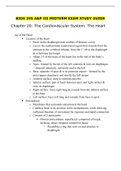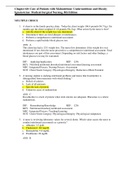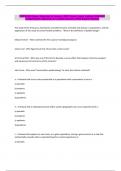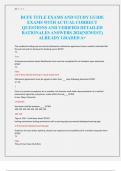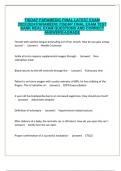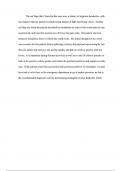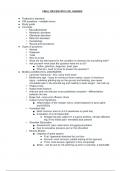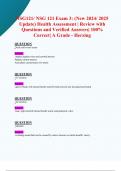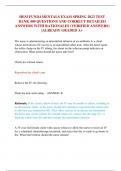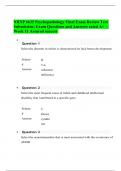Other
BIOS 255 A&P III MIDTERM EXAM STUDY GUIDE / BIOS255 A&P III MIDTERM EXAM STUDY GUIDE (LATEST 2021) | CHAMBERLAIN COLLEGE OF NURSING
- Course
- Institution
BIOS 255 A&P III MIDTERM EXAM STUDY GUIDE / BIOS255 A&P III MIDTERM EXAM STUDY GUIDE (LATEST 2021) | CHAMBERLAIN COLLEGE OF NURSING
[Show more]
